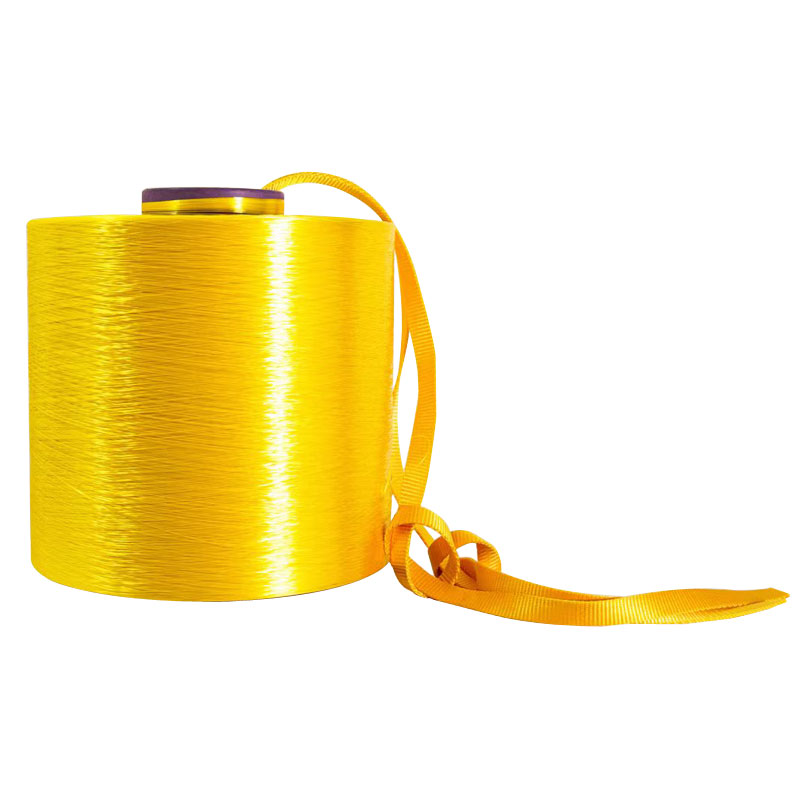Guarding Against the Rays: How Anti-UV Colored Nylon Industrial Yarn Shields Against UV Radiation
2023-11-23
Introduction:
In the vast landscape of industrial materials, one innovation has taken center stage for its ability to go beyond the conventional. Anti-UV Colored Nylon Industrial Yarn is not just a symbol of strength and durability but also a defender against a silent, yet potent threat: ultraviolet (UV) radiation. In this blog post, we'll explore the fascinating mechanisms that allow this yarn to serve as a shield against the harmful effects of UV rays.
Understanding the Menace: UV Radiation
Before delving into the protective features of Anti-UV Colored Nylon Industrial Yarn, it's essential to grasp the potential harm posed by UV radiation. Ultraviolet rays, emanating from the sun, can lead to the degradation of materials over time. This degradation manifests as color fading, reduced strength, and overall deterioration of the material's properties. In industrial settings where exposure to the elements is inevitable, this poses a significant challenge.
The Secret Ingredient: UV Stabilizers
At the heart of the yarn's ability to withstand UV radiation lies a group of compounds known as UV stabilizers. These are special additives incorporated into the yarn's composition during the manufacturing process. UV stabilizers act as a barrier, absorbing or dissipating the incoming UV radiation before it can reach and interact with the molecular structure of the nylon fibers.
There are two primary types of UV stabilizers: UV absorbers and UV blockers. UV absorbers work by absorbing the harmful UV radiation and converting it into harmless heat, preventing it from causing damage to the yarn. On the other hand, UV blockers create a physical barrier, reflecting the UV rays away from the surface of the yarn.
The Dance of Molecules: Molecular Structure and UV Resistance
The effectiveness of Anti-UV Colored Nylon Industrial Yarn in protecting against UV radiation is deeply rooted in its molecular structure. Nylon, being a synthetic polymer, consists of long chains of repeating units. UV stabilizers are strategically incorporated into these molecular chains, creating a mesh-like structure that forms a protective shield.
This molecular dance is what makes the yarn resilient against the continuous onslaught of UV rays. The added UV stabilizers essentially act as bodyguards, standing between the nylon molecules and the harmful radiation, ensuring that the structural integrity of the yarn remains intact over extended periods of exposure.
Practical Implications: Prolonged Lifespan and Enhanced Performance
The incorporation of UV stabilizers in Anti-UV Colored Nylon Industrial Yarn translates into tangible benefits for end-users. The yarn's resistance to UV radiation means it can thrive in outdoor environments, maintaining its strength, color vibrancy, and overall performance over a more extended period. This, in turn, makes it a preferred choice for applications where exposure to sunlight is inevitable, such as in outdoor textiles, ropes, and industrial fabrics.
Conclusion:
In the intricate dance between science and material innovation, Anti-UV Colored Nylon Industrial Yarn emerges as a champion in the battle against UV radiation. Through the strategic integration of UV stabilizers and a robust molecular structure, this yarn stands as a testament to the possibilities of creating materials that not only endure but actively protect against the elements, ensuring longevity and reliability in the diverse landscape of industrial applications.



